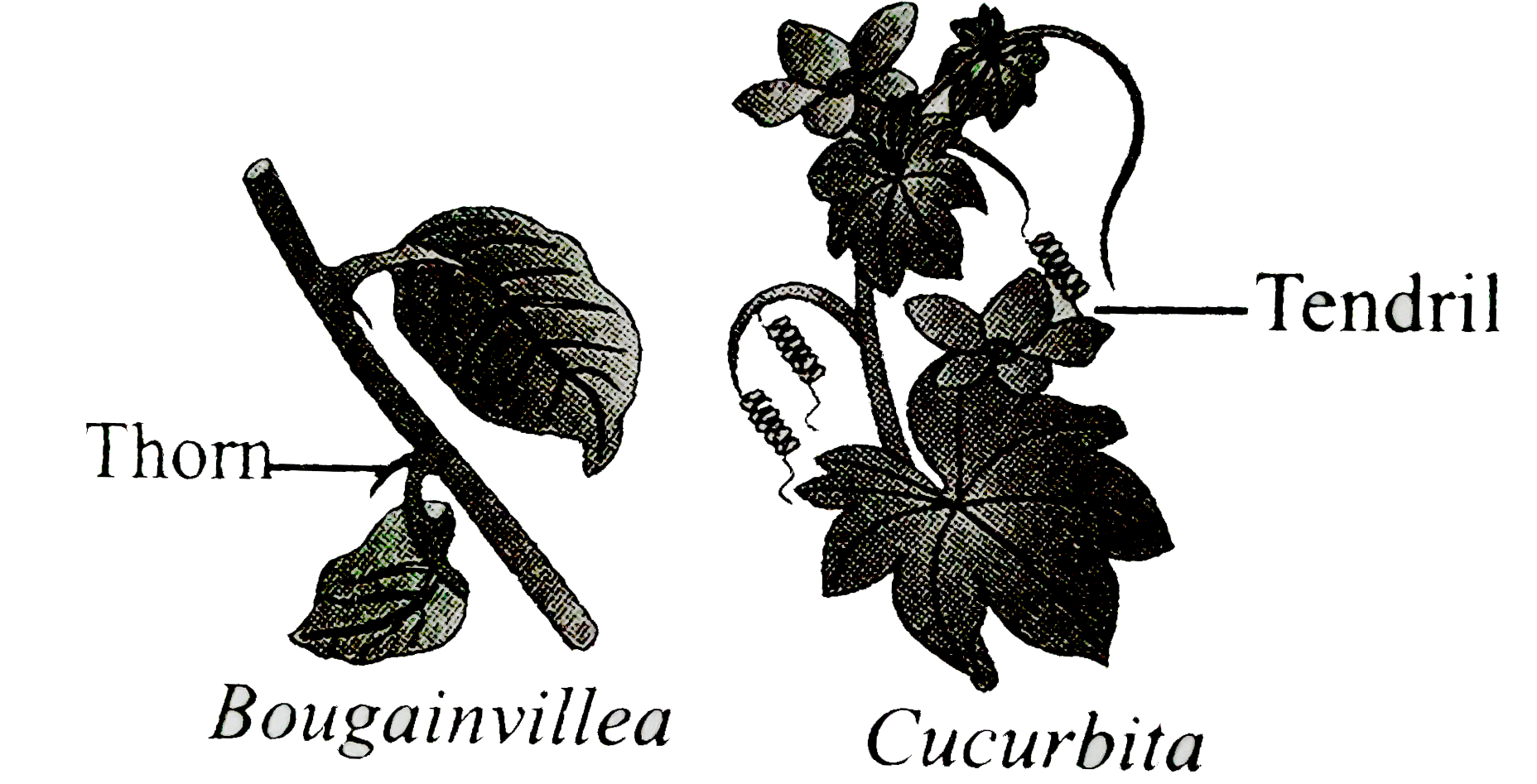How would you round off a given figure? Explain with examples.
To round off a given figure, we follow specific rules based on the value of the last digit. Here’s a step-by-step explanation with examples:
1. Identify the Last Digit: Look at the last digit of the number you want to round off.
2. Case 1: Last Digit Less Than 5:
- If the last digit is less than 5 (i.e., 0, 1, 2, 3, or 4), simply remove the last digit and keep the rest of the number as it is.
- Example: For the number 3.182, the last digit is 2 (which is less than 5). Therefore, we round it off to 3.18.
3. Case 2: Last Digit Greater Than 5:
- If the last digit is greater than 5 (i.e., 6, 7, 8, or 9), remove the last digit and add 1 to the previous digit.
- Example: For the number 3.238, the last digit is 8 (which is greater than 5). We remove the last digit to get 3.2 and add 1 to the previous digit (3), resulting in 4. Therefore, we round it off to 3.24.
4. Case 3: Last Digit Equal to 5:
- When the last digit is exactly 5, we need to consider the previous digit:
- If the previous digit is even, we simply remove the last digit (5) and do nothing.
- If the previous digit is odd, we remove the last digit (5) and add 1 to the previous digit.
- Example 1: For the number 2.315, the last digit is 5 and the previous digit is 1 (which is odd). We remove 5 and add 1 to 1, resulting in 2.32.
- Example 2: For the number 2.325, the last digit is 5 and the previous digit is 2 (which is even). We remove 5 and do nothing, resulting in 2.32.
Summary of Rounding Off:
- If the last digit is less than 5, round down.
- If the last digit is greater than 5, round up.
- If the last digit is 5, check the previous digit: if it’s odd, round up; if it’s even, round down.
2. Case 1: Last Digit Less Than 5:
- If the last digit is less than 5 (i.e., 0, 1, 2, 3, or 4), simply remove the last digit and keep the rest of the number as it is.
- Example: For the number 3.182, the last digit is 2 (which is less than 5). Therefore, we round it off to 3.18.
- If the last digit is greater than 5 (i.e., 6, 7, 8, or 9), remove the last digit and add 1 to the previous digit.
- Example: For the number 3.238, the last digit is 8 (which is greater than 5). We remove the last digit to get 3.2 and add 1 to the previous digit (3), resulting in 4. Therefore, we round it off to 3.24.
- When the last digit is exactly 5, we need to consider the previous digit:
- If the previous digit is even, we simply remove the last digit (5) and do nothing.
- If the previous digit is odd, we remove the last digit (5) and add 1 to the previous digit.
- Example 1: For the number 2.315, the last digit is 5 and the previous digit is 1 (which is odd). We remove 5 and add 1 to 1, resulting in 2.32.
- Example 2: For the number 2.325, the last digit is 5 and the previous digit is 2 (which is even). We remove 5 and do nothing, resulting in 2.32.
- If the last digit is less than 5, round down.
- If the last digit is greater than 5, round up.
- If the last digit is 5, check the previous digit: if it’s odd, round up; if it’s even, round down.
Topper's Solved these Questions
- BOOK - ICSECHAPTER - SOME BASIC CONCEPTS OF CHEMISTRY EXERCISE - ESSAY LONG ANSWER TYPE QUESTIONS15videos
SOME BASIC CONCEPTS OF CHEMISTRY
- BOOK - ICSECHAPTER - SOME BASIC CONCEPTS OF CHEMISTRY EXERCISE - OBJECTIVE (MULTIPLE CHOICE) TYPE QUESTIONS (CHOOSE THE CORRECT OPTION IN THE FOLLOWING QUESTIONS)58videos
SOME BASIC CONCEPTS OF CHEMISTRY
- BOOK - ICSECHAPTER - SOME BASIC CONCEPTS OF CHEMISTRY EXERCISE - VERY SHORT ANSWER TYPE QUESTIONS34videos
SOME BASIC CONCEPTS OF CHEMISTRY
- BOOK - ICSECHAPTER - SELF ASSESSMENT PAPER 2EXERCISE - Questions62videos
SELF ASSESSMENT PAPER 2
- BOOK - ICSECHAPTER - SOME P-BLOCK ELEMENTS EXERCISE - NCERT TEXTBOOK EXERCISES (With Hints and Solutions)63videos
SOME P-BLOCK ELEMENTS
Similar Questions
Knowledge Check
- Question 1 - Select One
The given figure shows an example of
 Ahomologous organsBconvergent evolutionCdivergent evolutionDboth a and c
Ahomologous organsBconvergent evolutionCdivergent evolutionDboth a and c
What do you mean by subtraction of colours? Explain with examples .
View SolutionWhat do you understand by intensive and extensive properties of a system ? Explain with examples.
View SolutionHow would you calculate the equivalent weight of an acid and a base ? Explain with examples.
View SolutionDefine equivalent weight. How would you calculate the equivalent weight of an oxidant ? Explain with an example.
View SolutionHow would you purify a metal like Copper?
View SolutionHow would you purify a metal like Copper?
View SolutionHow would you purify a metal like Copper?
View Solution

